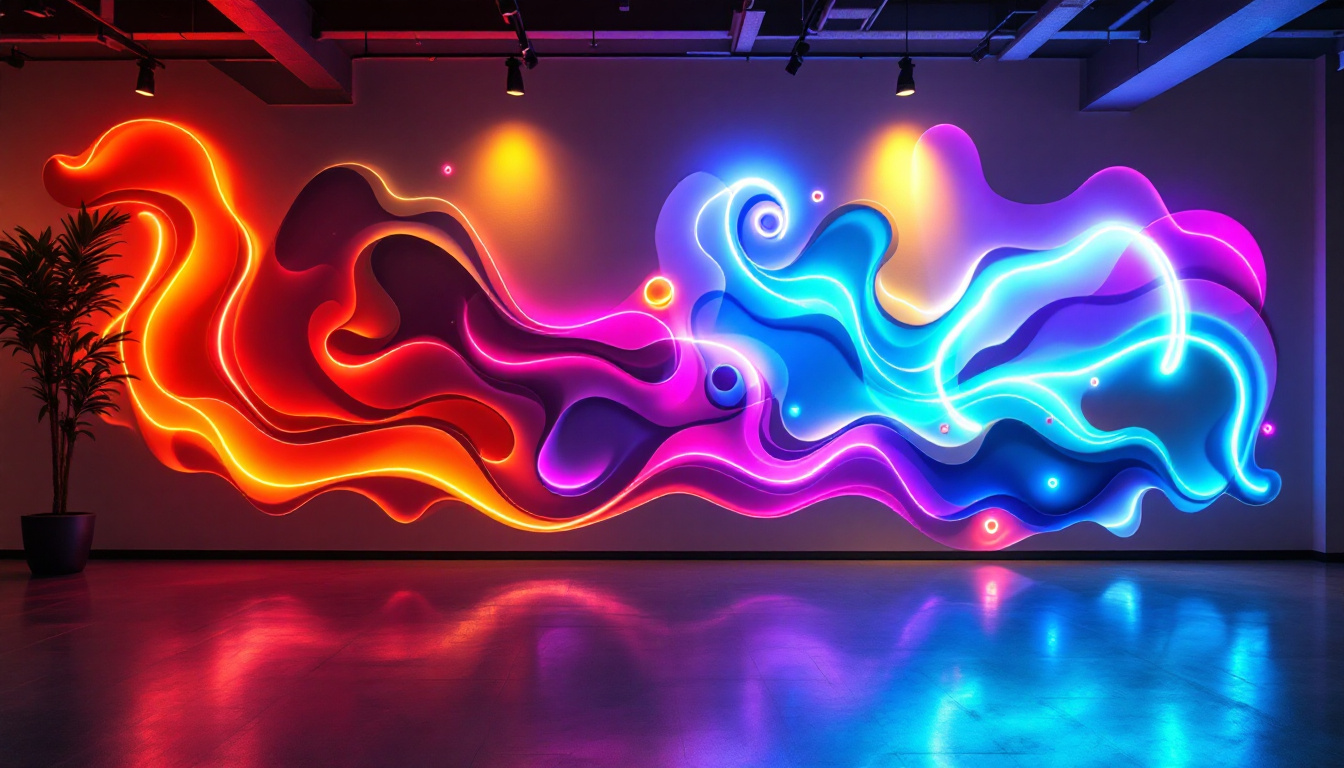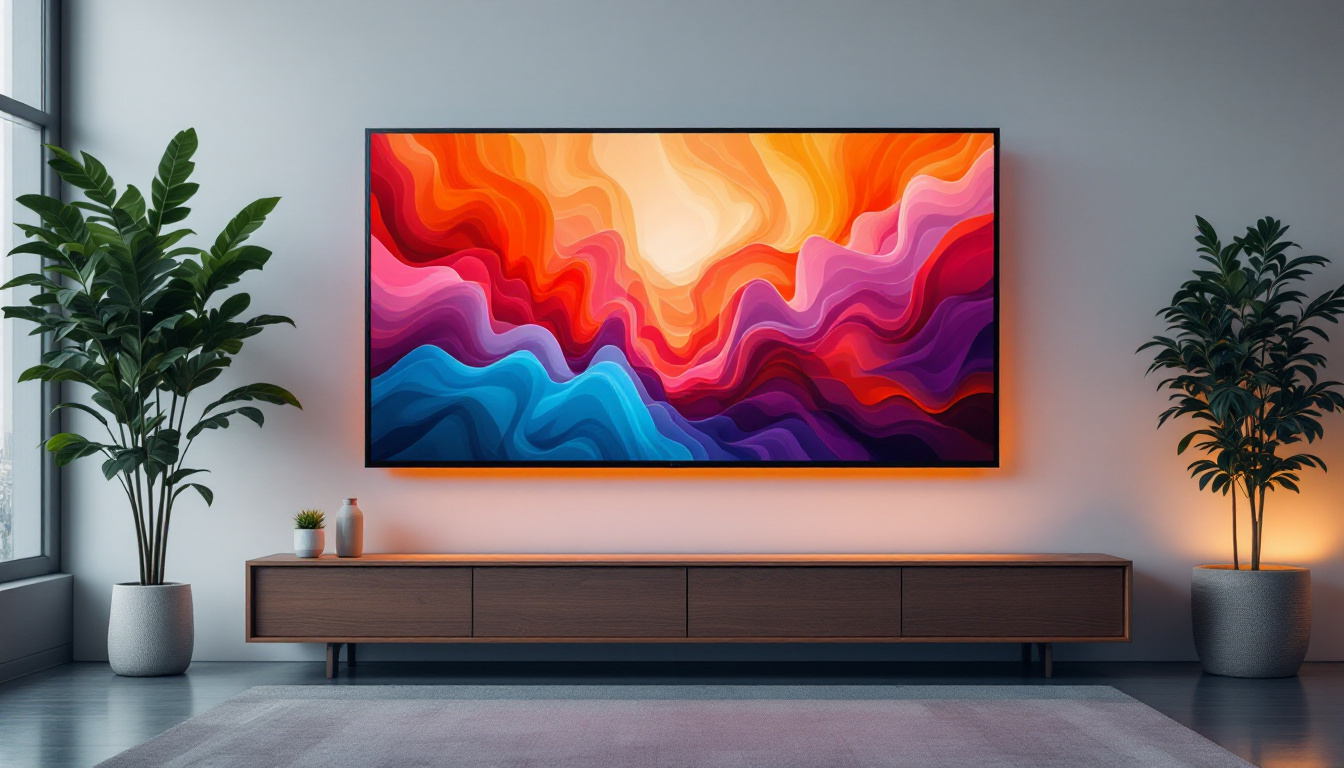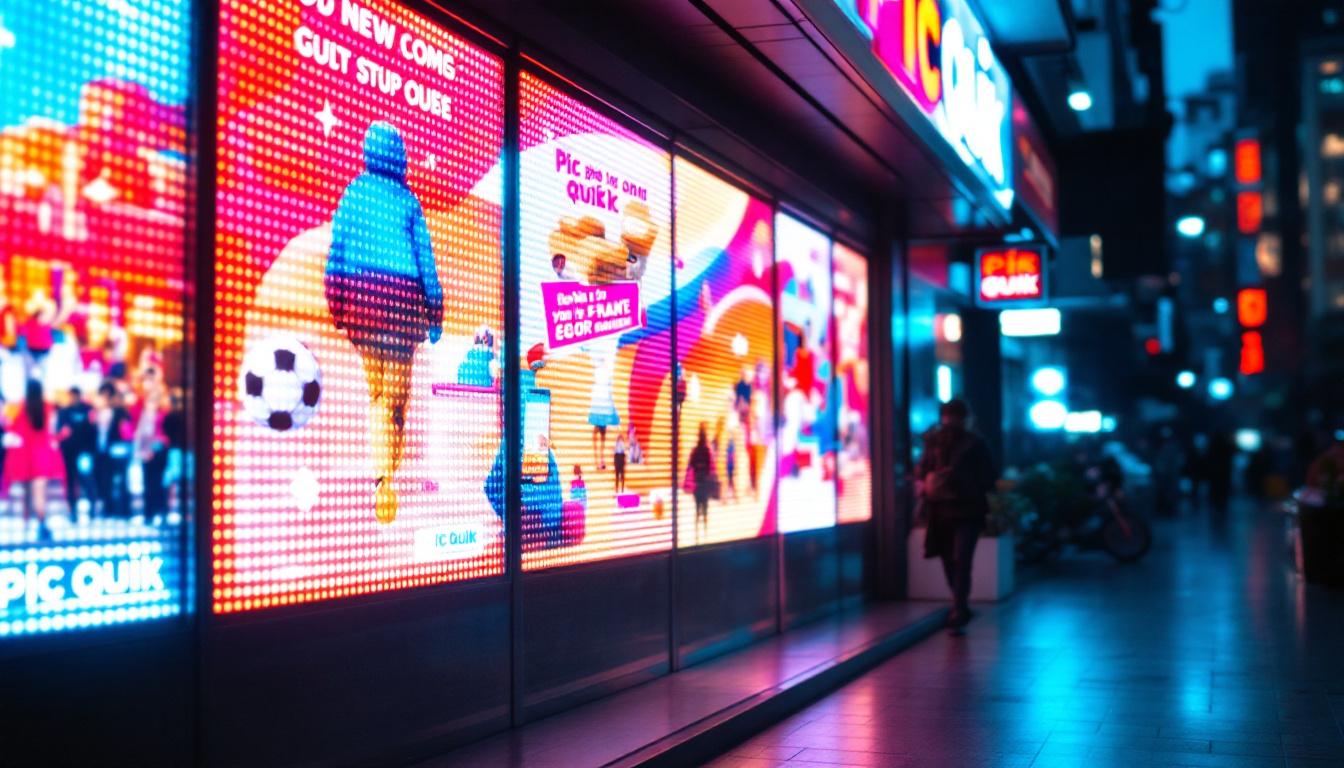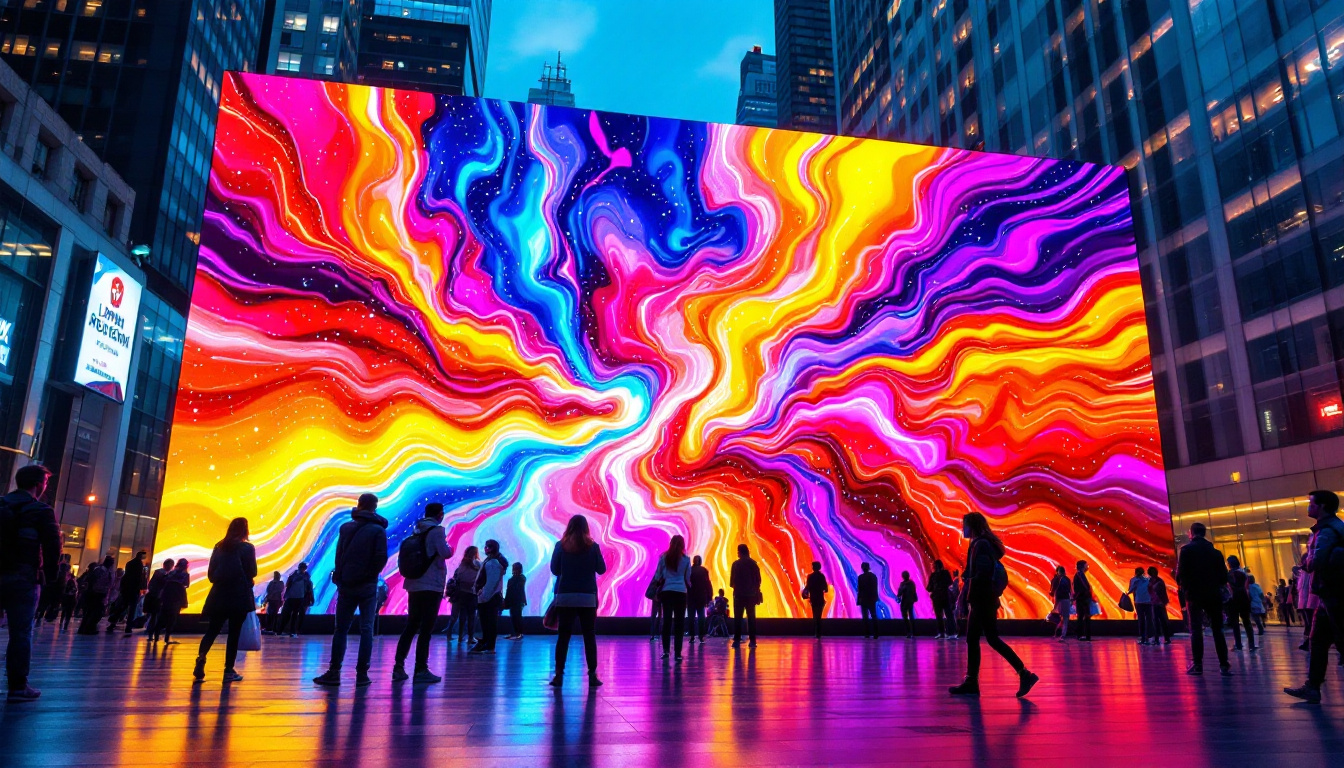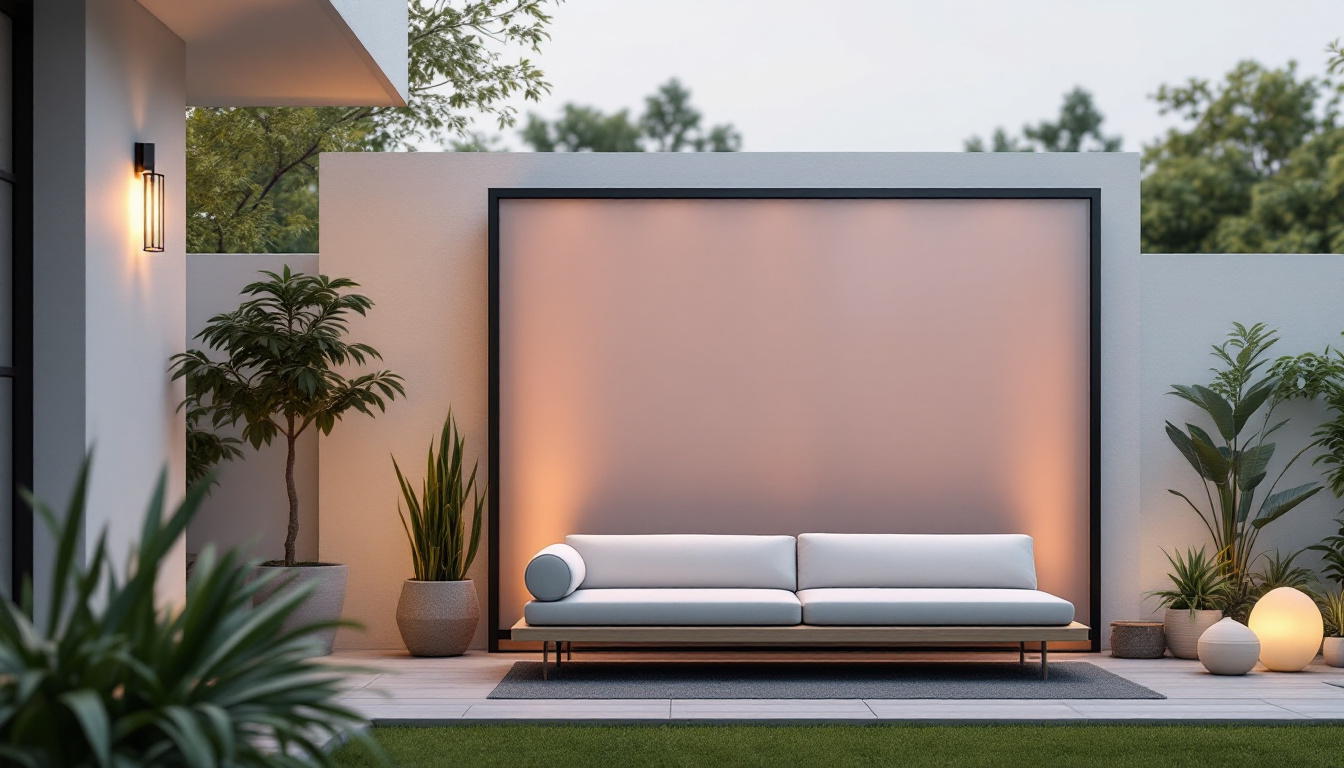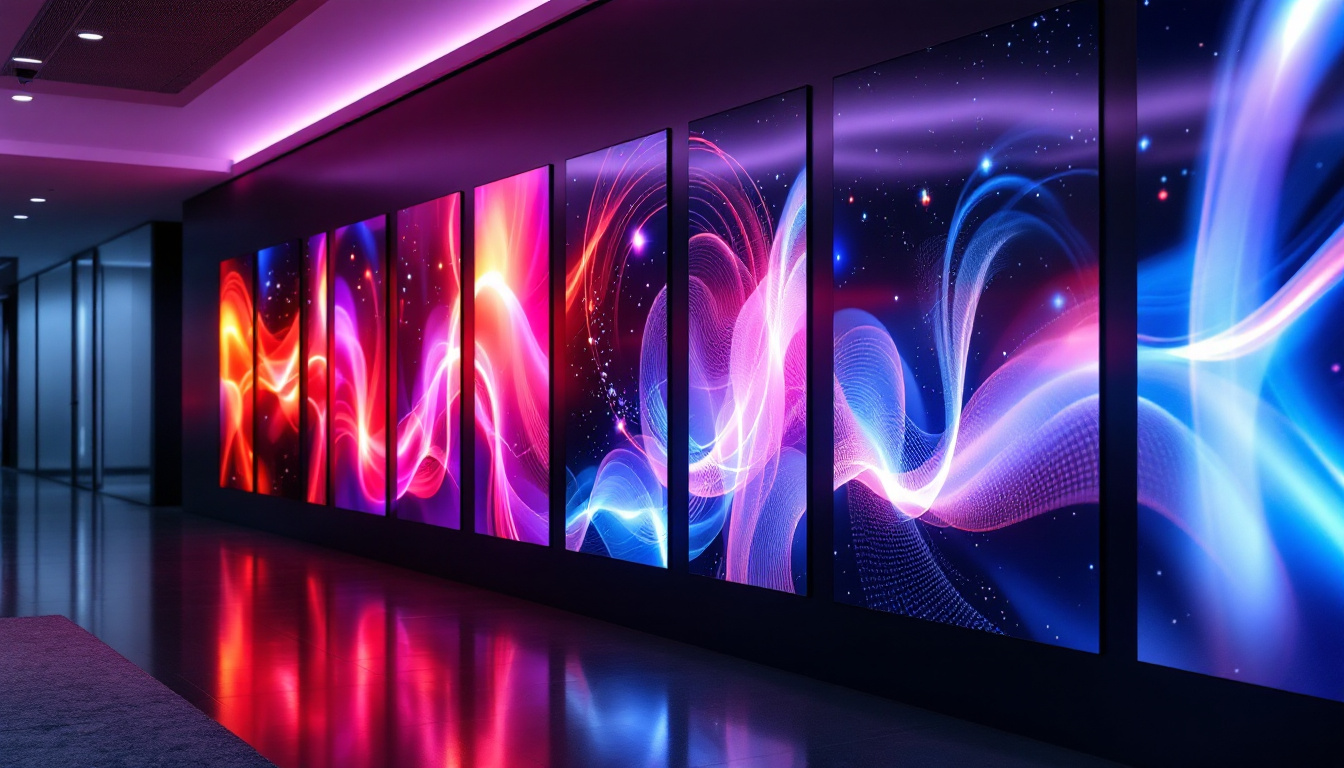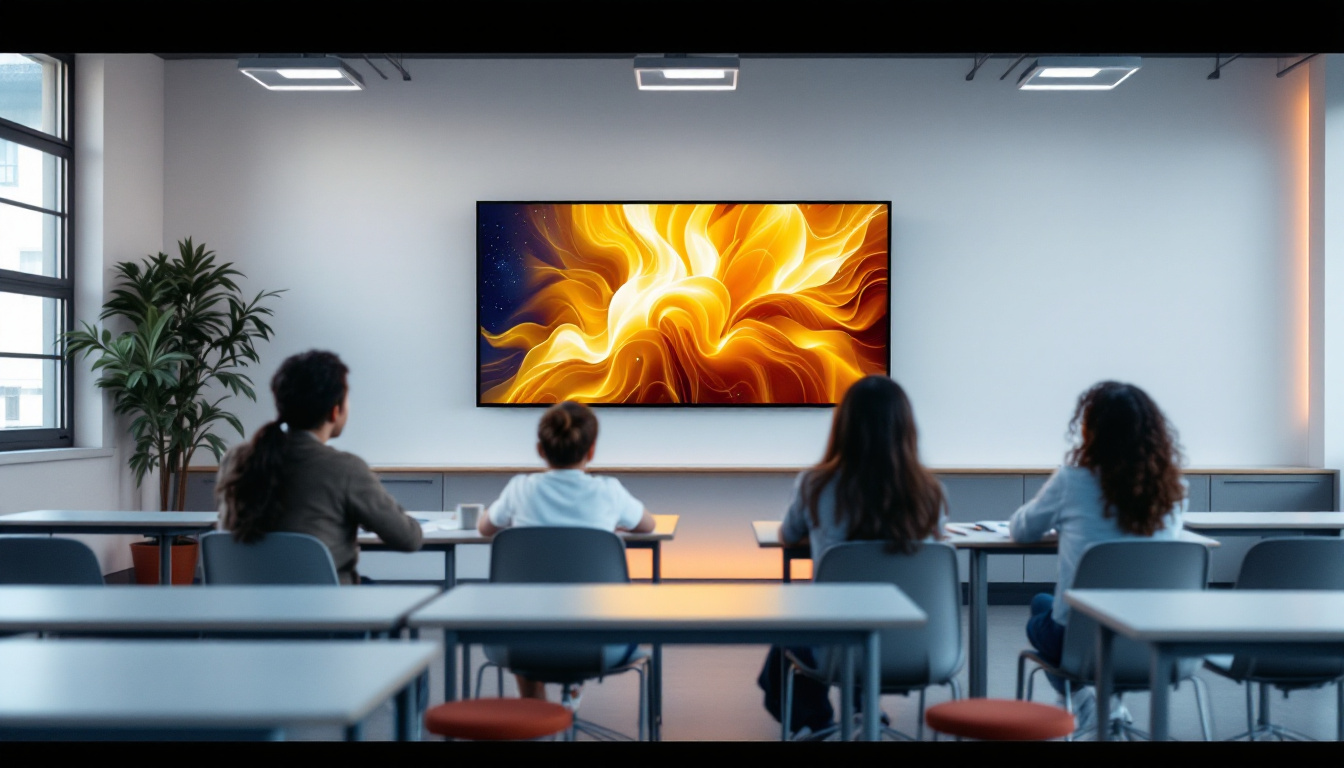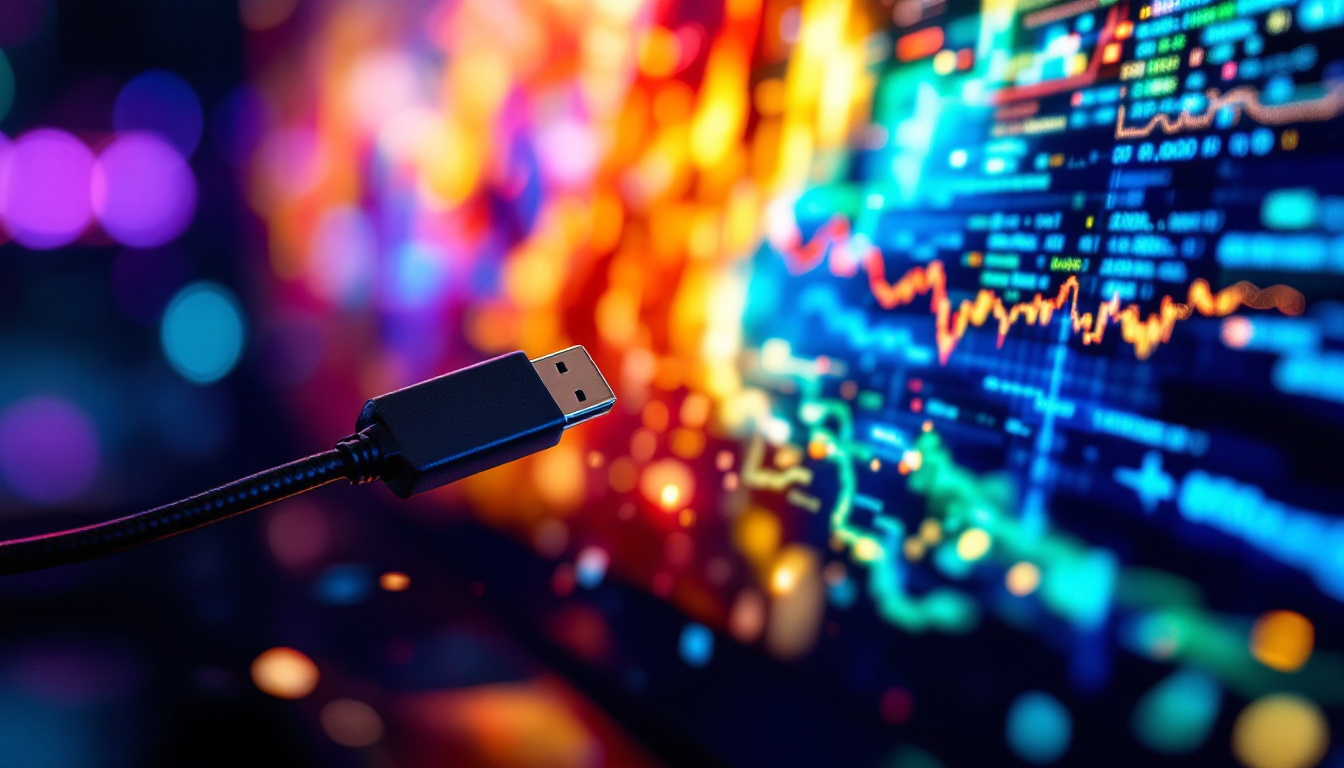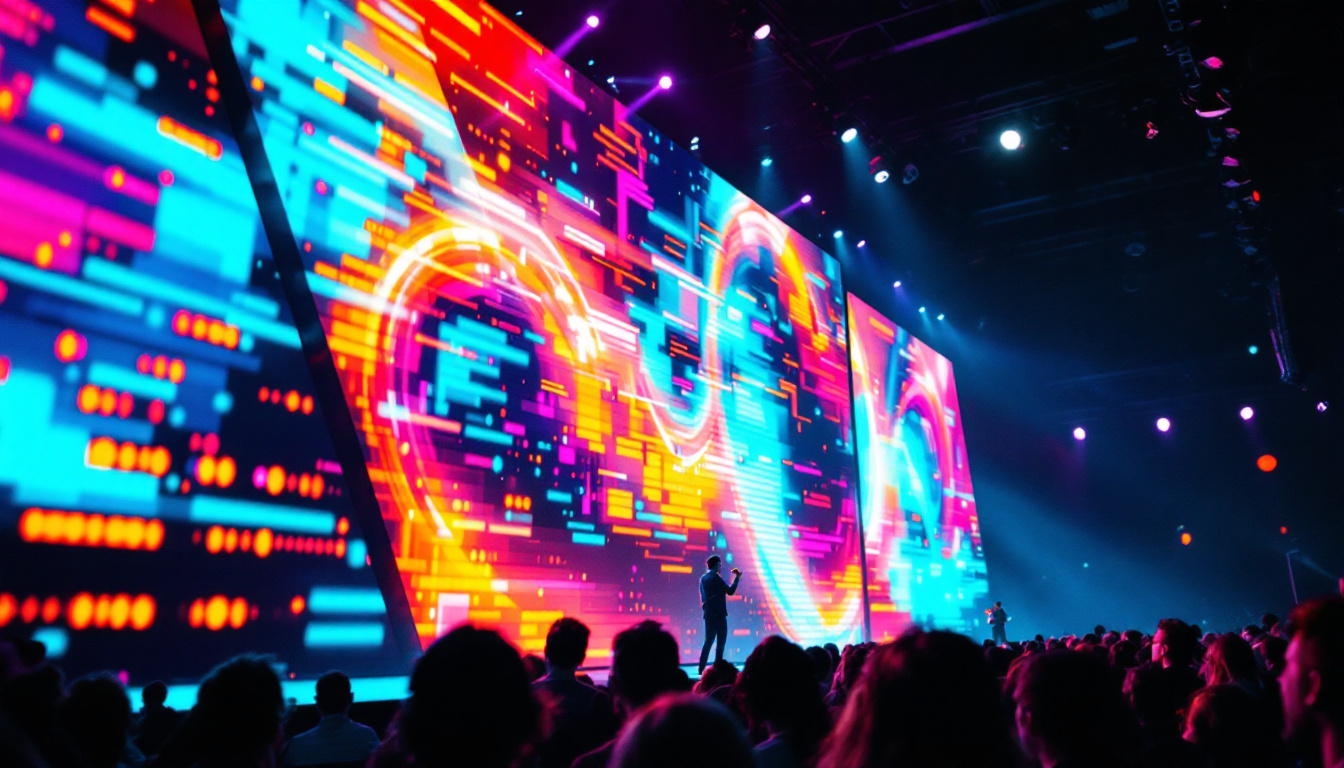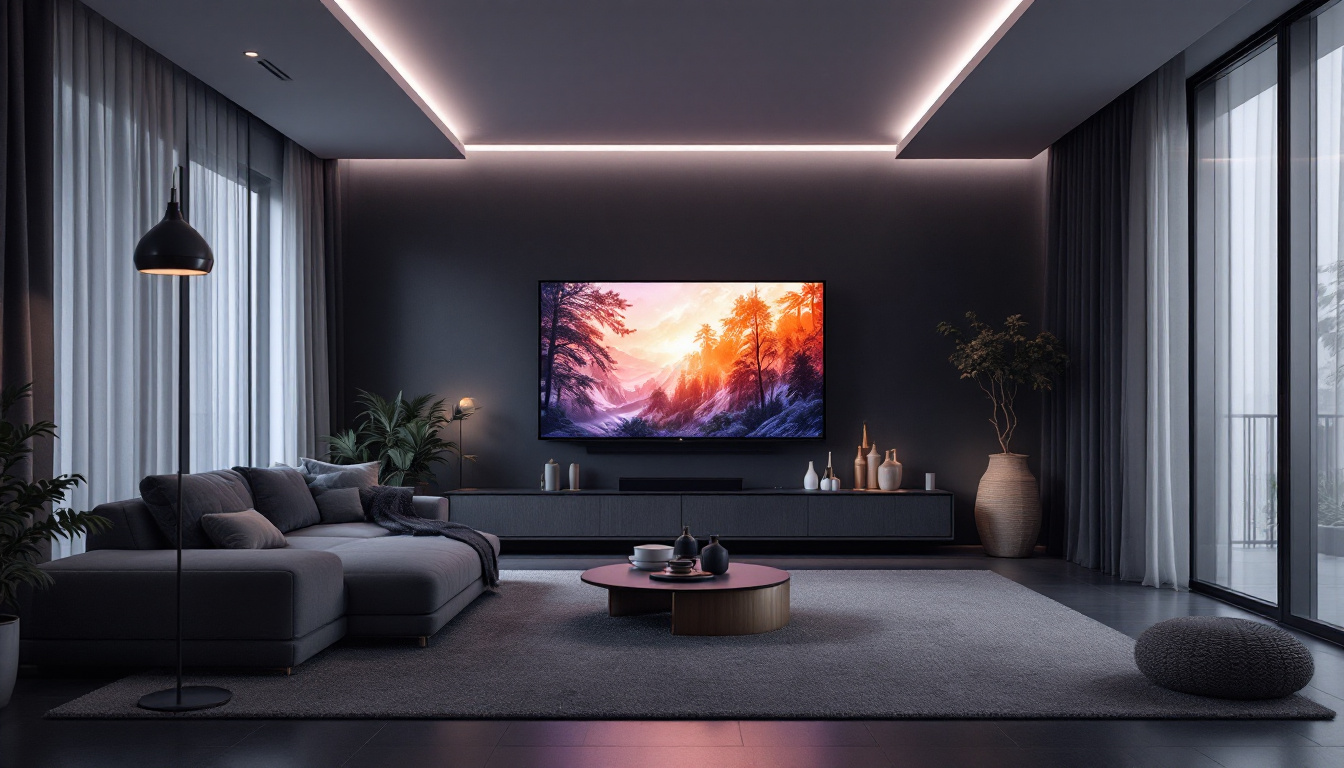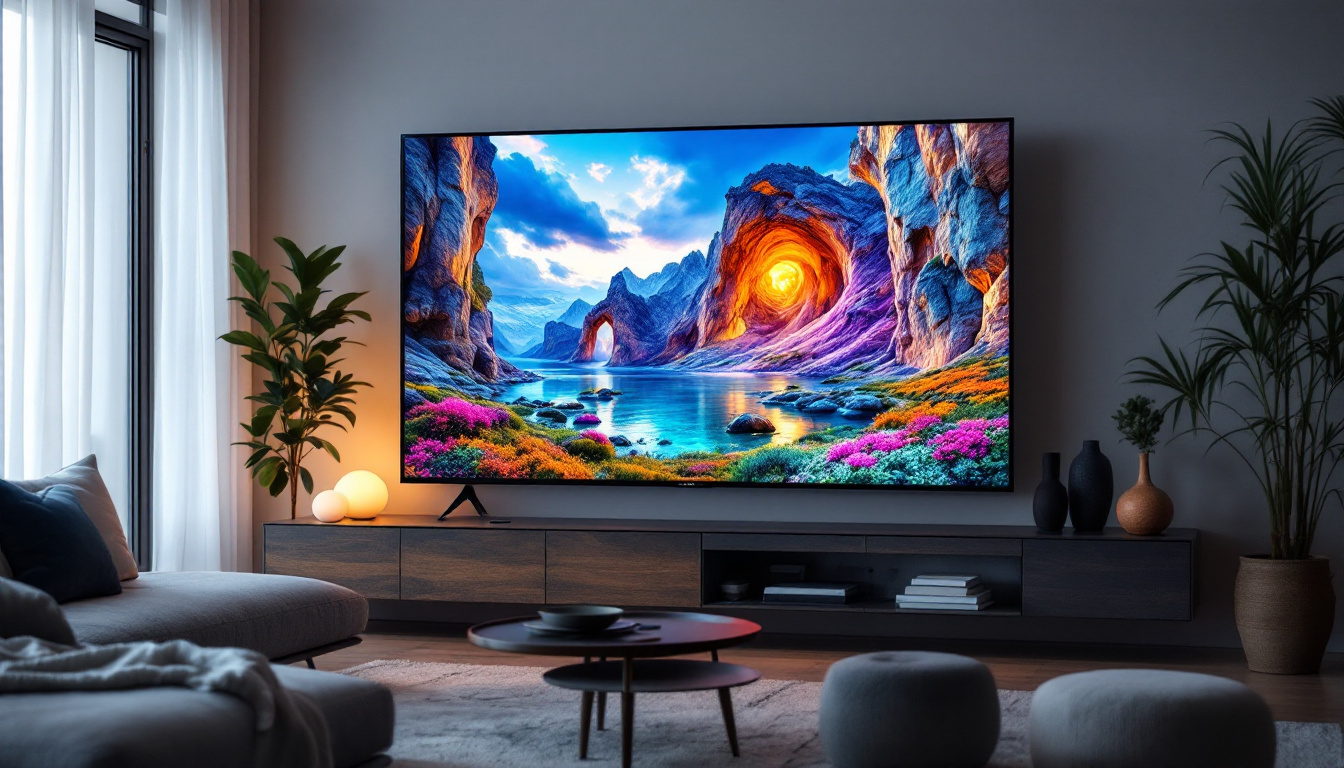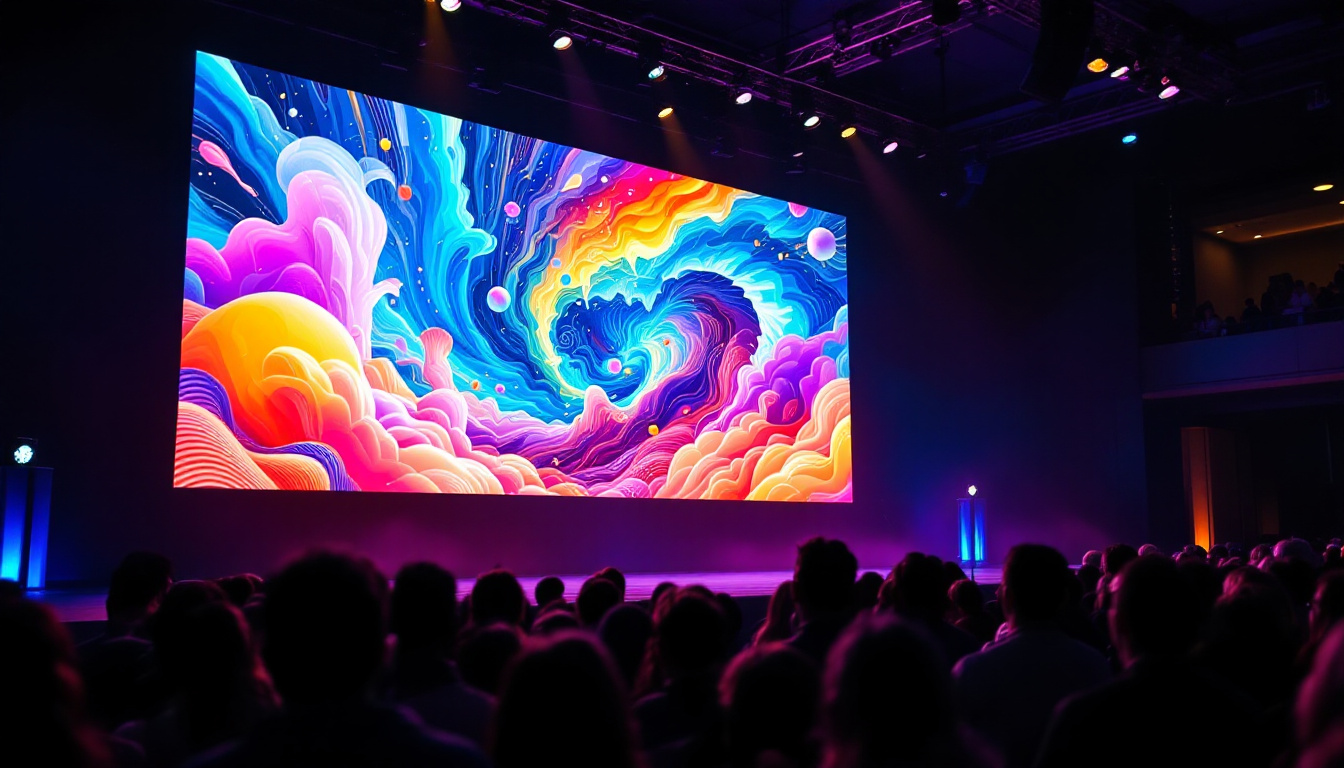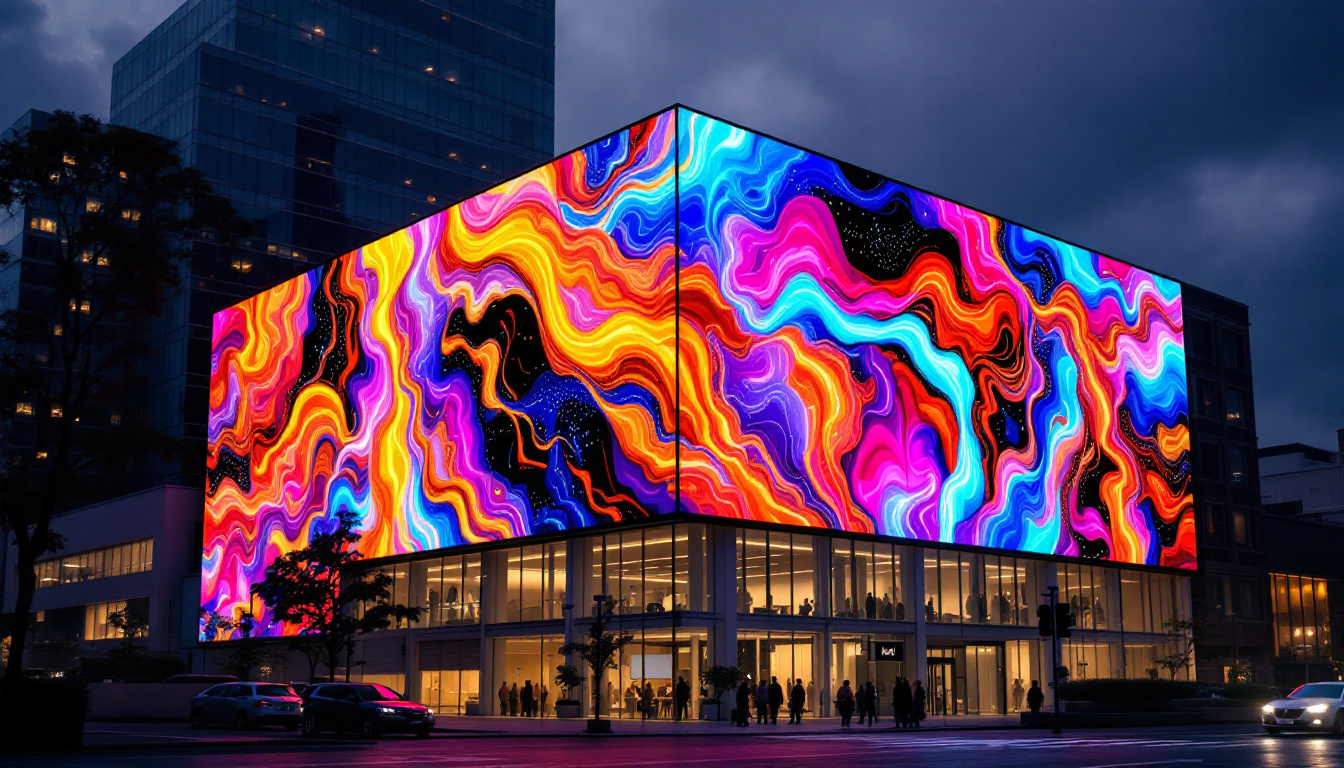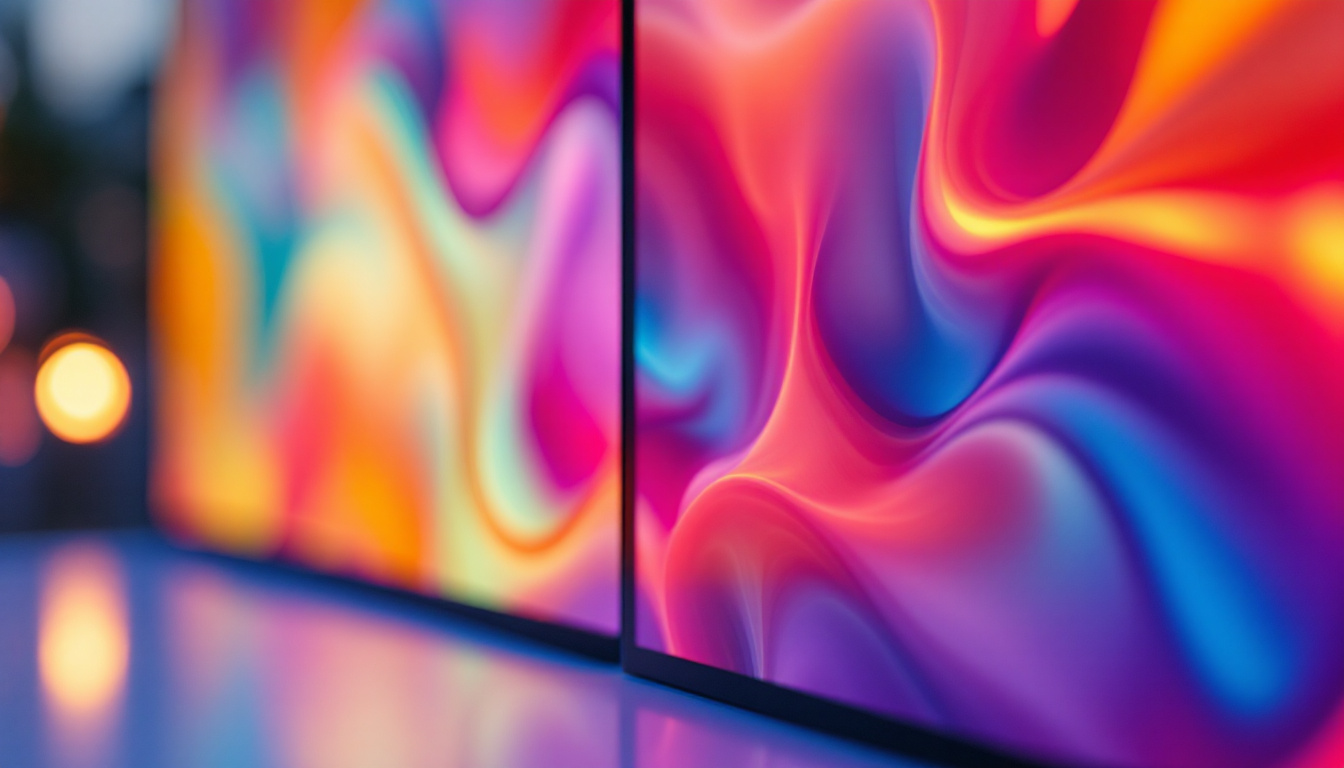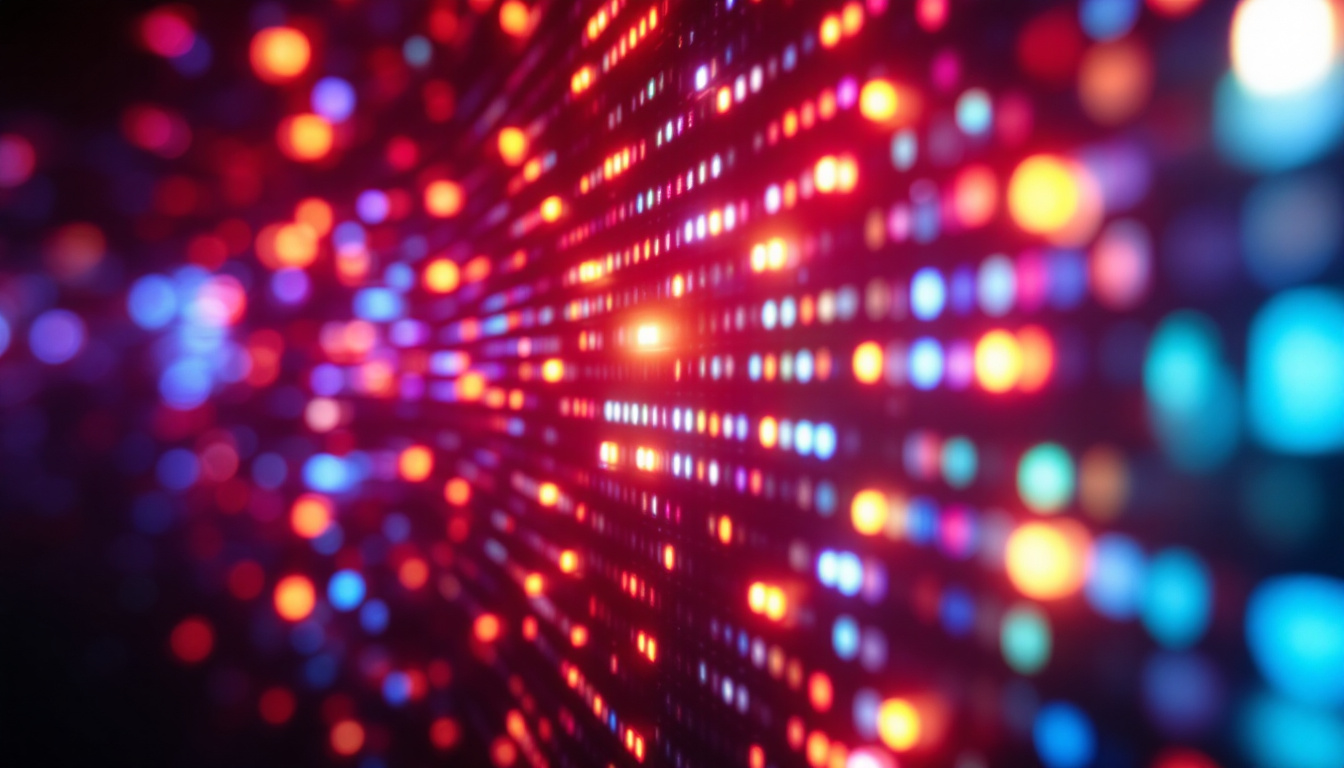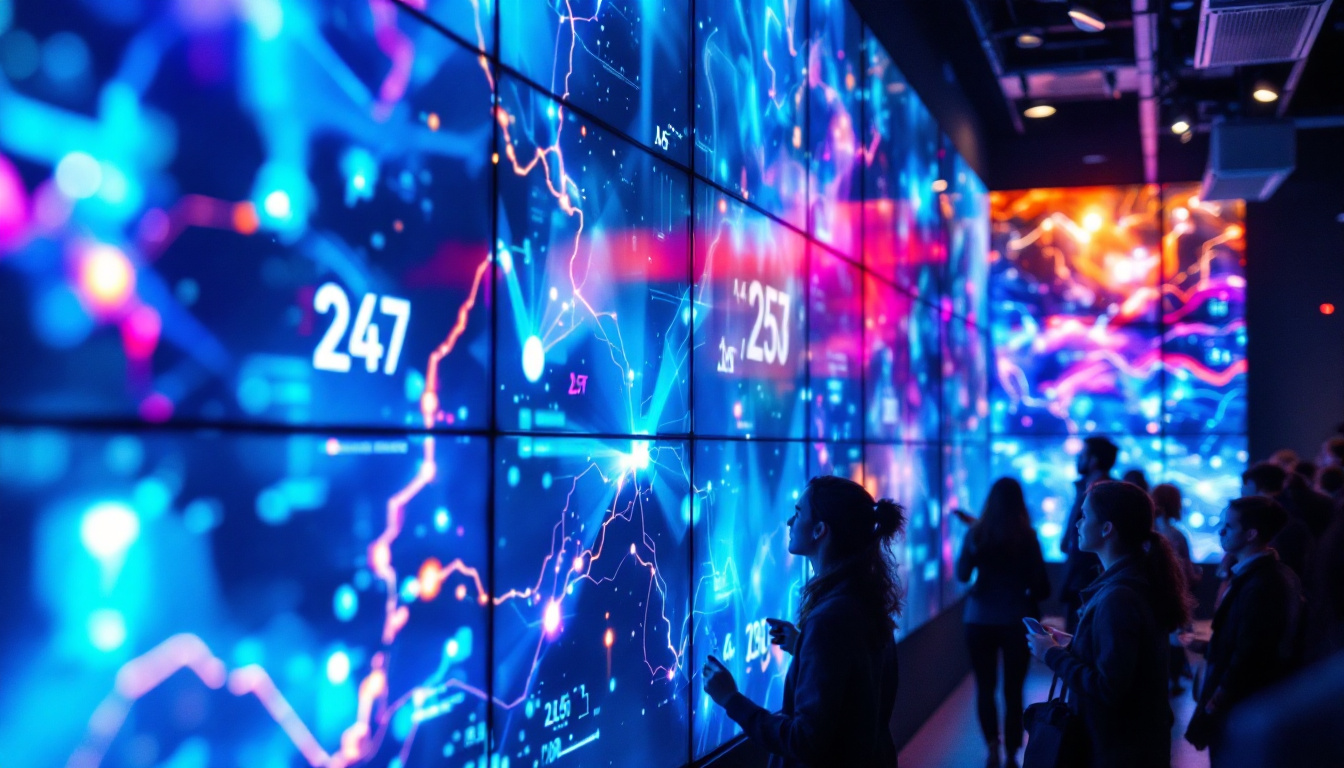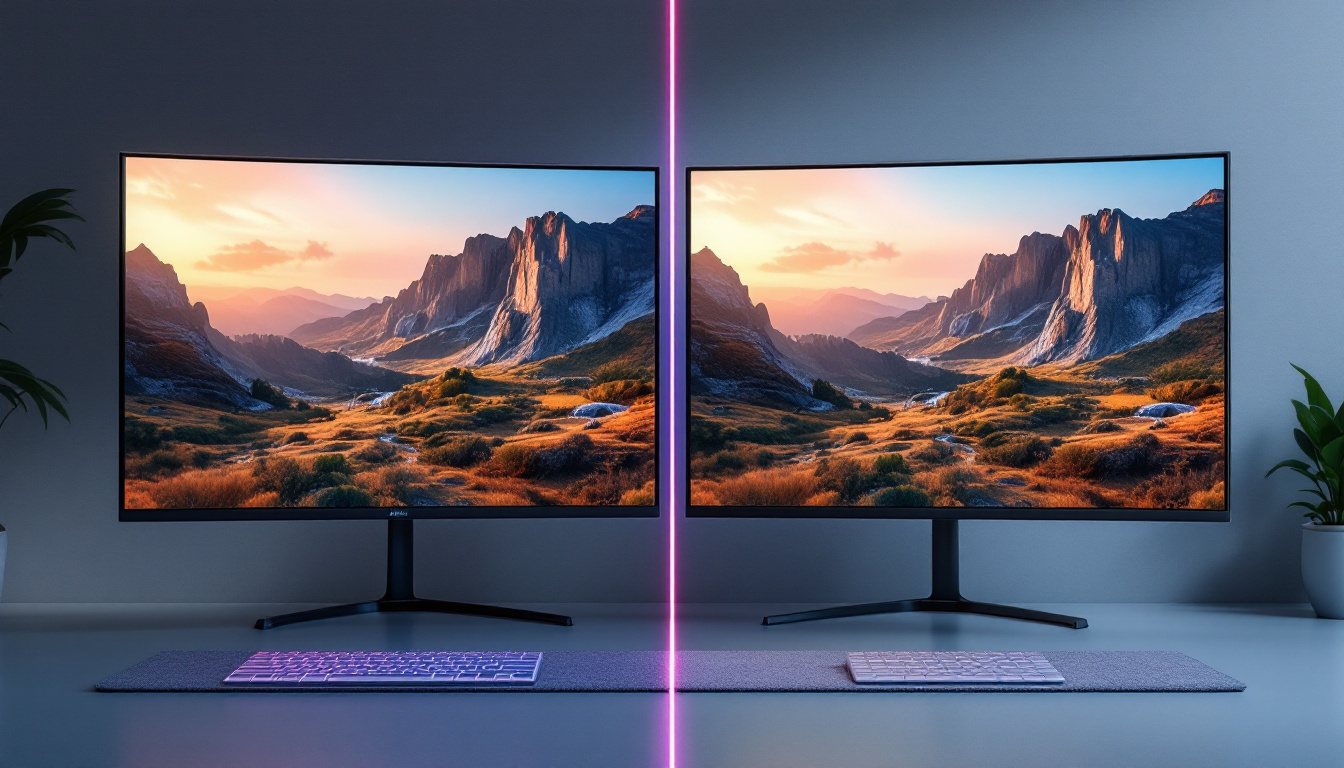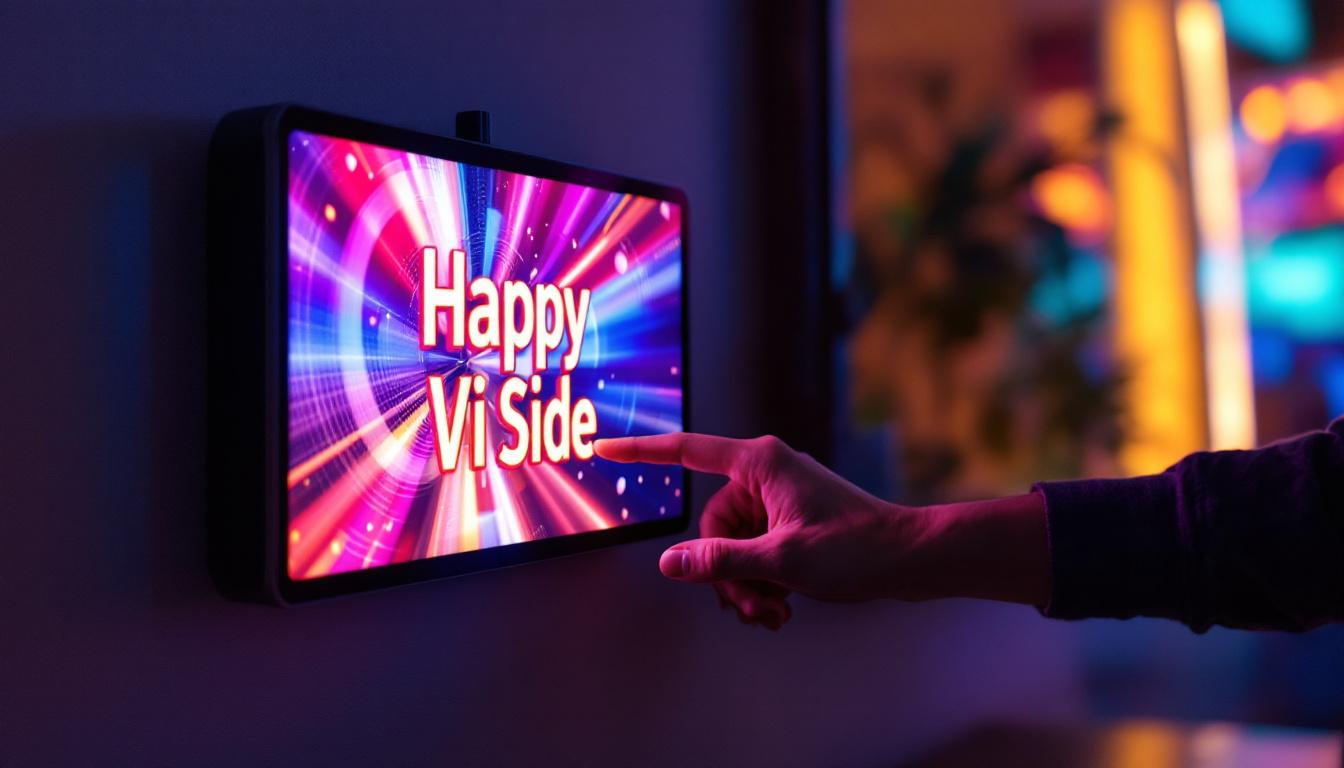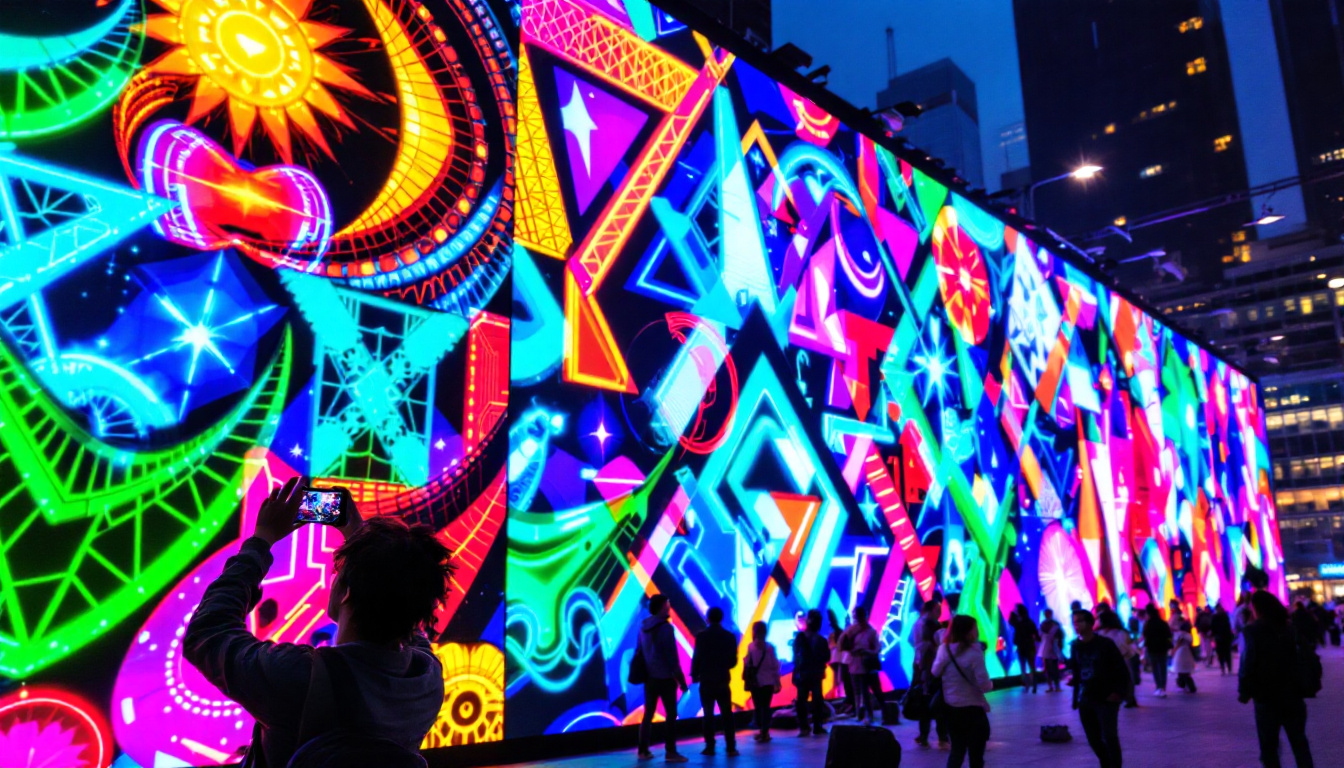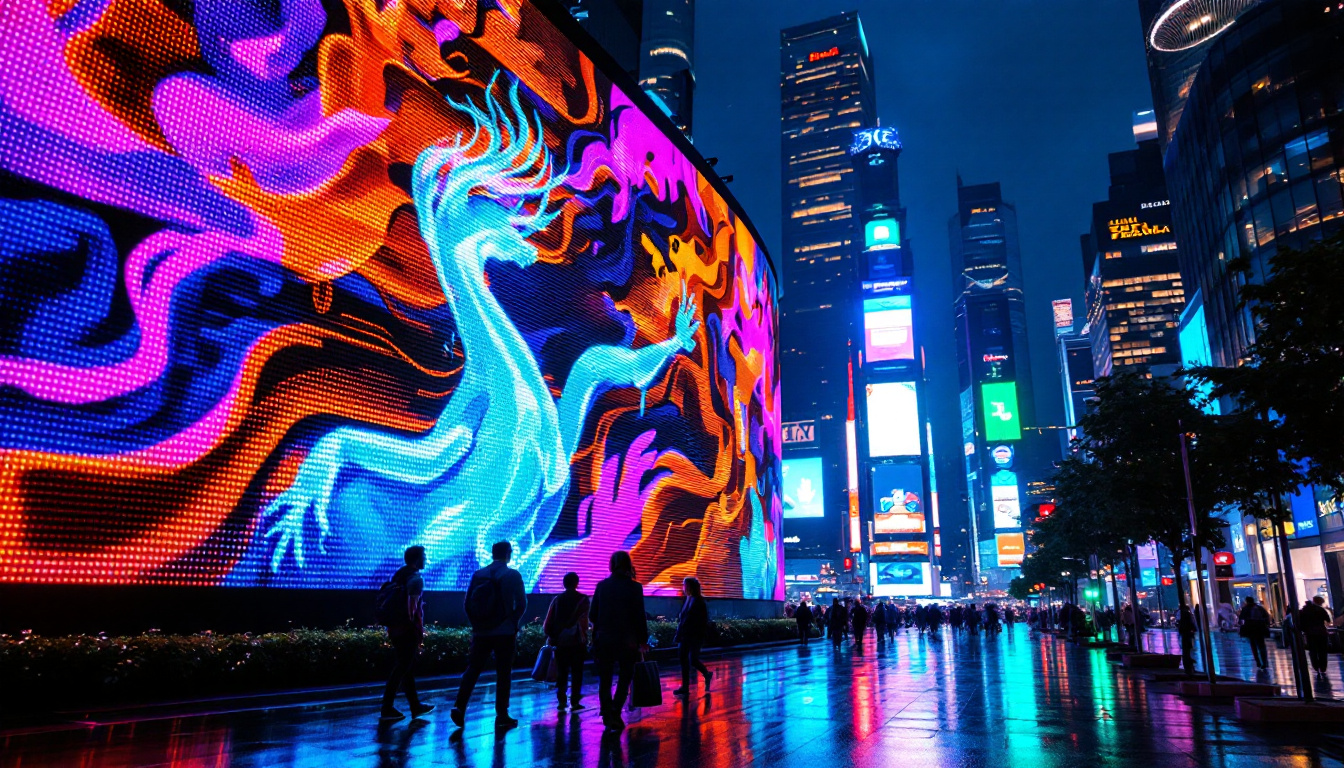In the rapidly evolving world of digital signage and display technologies, LED transparent film has emerged as a groundbreaking innovation. Combining the visual brilliance of LED displays with the sleek transparency of modern materials, this technology offers unique opportunities for advertising, architecture, and interactive media. This article explores what LED transparent film is, how it works, its applications, advantages, and future trends shaping its development.
What is LED Transparent Film?
LED transparent film is a type of display technology that integrates tiny light-emitting diodes (LEDs) onto a flexible, transparent substrate. Unlike traditional LED screens, which are typically opaque and bulky, LED transparent films allow light to pass through, making them ideal for applications where visibility through the display is essential.
This technology is often used on glass surfaces such as windows, storefronts, or vehicle windshields, transforming them into dynamic digital displays without obstructing the view. The result is a seamless blend of digital content and real-world environments, creating immersive experiences for viewers. Retailers, for instance, can utilize this technology to showcase advertisements or promotions directly on their windows, enticing potential customers while still allowing them to see the products inside.
Moreover, LED transparent films can also be employed in various sectors beyond retail. In the automotive industry, these films can be used on windshields and rear windows to provide navigation information or alerts without compromising the driver’s visibility. In architectural applications, they can enhance building facades, creating visually striking displays that can change with the time of day or season, adding a dynamic element to urban landscapes.
How Does LED Transparent Film Work?
At its core, LED transparent film consists of a thin, flexible layer embedded with microscopic LEDs arranged in a grid pattern. These LEDs emit light when electrically powered, displaying images, videos, or animations. The transparent substrate, often made from PET (polyethylene terephthalate) or similar materials, ensures that the film remains see-through when the LEDs are off or displaying dark content.
The spacing between LEDs, known as the pixel pitch, plays a crucial role in determining the resolution and transparency of the display. A smaller pixel pitch means higher resolution but lower transparency, while a larger pitch increases transparency but reduces image clarity. Manufacturers balance these factors based on the intended application. For instance, a retail environment may prioritize vibrant colors and sharp images to attract customers, while a transportation application might focus more on maintaining visibility and safety.
Technical Specifications and Components
LED transparent films typically feature pixel pitches ranging from 4mm to 20mm, with transparency levels exceeding 70%, depending on design. The films are lightweight, often weighing less than 1 kilogram per square meter, and can be cut or shaped to fit various surfaces.
Additional components include control systems that manage the content displayed, power supplies, and sometimes sensors for interactivity. Modern versions may also incorporate wireless connectivity, enabling remote content updates and integration with smart building systems. This connectivity allows for real-time data display, which can be particularly useful in environments like airports or train stations, where information needs to be updated frequently. Furthermore, advancements in energy efficiency mean that these films can operate with lower power consumption, making them an environmentally friendly choice for modern displays.
Applications of LED Transparent Film
The versatility of LED transparent film has led to its adoption across multiple industries. Its ability to deliver vivid digital content without blocking natural light or visibility makes it particularly attractive for commercial and architectural use.
Retail and Advertising
One of the most common applications is in retail storefronts and shopping malls. LED transparent films can be applied directly to glass windows, turning them into eye-catching digital billboards. This allows retailers to display promotional content, seasonal campaigns, or interactive advertisements while maintaining a clear view inside the store.
For example, luxury brands in major cities like New York and London have adopted this technology to create dynamic window displays that engage passersby without sacrificing the aesthetic appeal of their storefronts. Studies have shown that digital signage can increase foot traffic by up to 30%, making LED transparent film a valuable marketing asset.
Moreover, the adaptability of LED transparent films allows retailers to change their displays frequently and easily, keeping their marketing fresh and relevant. With the integration of motion sensors and smart technology, these displays can also react to customer behavior, offering personalized promotions or information based on the demographics of the audience in real-time. This level of interactivity not only enhances customer engagement but also fosters a deeper connection between the brand and its clientele.
Architectural Integration
Architects and designers are increasingly using LED transparent films to enhance building facades and interiors. By integrating the film into glass walls or partitions, buildings can feature changing visuals that contribute to branding, ambiance, or information dissemination.
In office environments, transparent LED displays can be used for digital art installations or to display real-time data such as weather updates, news, or company metrics. This adds a modern, high-tech feel to spaces without compromising openness or natural lighting.
Additionally, the use of LED transparent films in architectural design can significantly improve energy efficiency. By allowing natural light to filter through while displaying digital content, these films can reduce the need for artificial lighting during the day. This not only lowers energy costs but also promotes a more sustainable approach to building design, aligning with the growing emphasis on eco-friendly practices in construction and renovation projects.
Transportation and Public Spaces
Transportation hubs like airports and train stations benefit from LED transparent films by using them on glass panels to provide travelers with schedules, alerts, and advertisements. Similarly, public spaces such as museums or exhibition centers use this technology for interactive exhibits that blend digital content with physical environments.
In addition to enhancing the aesthetic appeal of these spaces, LED transparent films can also improve the overall user experience. For instance, in airports, travelers can receive real-time updates on flight statuses, gate changes, and boarding times without having to squint at traditional signage. This seamless integration of information and environment can help alleviate stress and confusion in busy transit areas. Furthermore, public art installations that utilize LED transparent films can create immersive experiences, allowing visitors to interact with the art in innovative ways, thus enriching their overall engagement with the space.
Advantages of LED Transparent Film Displays
LED transparent film displays offer several distinct advantages over traditional display technologies, making them an increasingly popular choice for modern digital signage.
High Transparency and Visual Impact
One of the most significant benefits is their high transparency, which allows natural light to pass through and maintains visibility behind the display. This is particularly important for applications on windows or glass walls where blocking the view would be undesirable.
Despite their transparency, these films deliver bright, vibrant images that are visible even in daylight. Advances in LED brightness and pixel density have improved image quality, making the displays suitable for both indoor and outdoor use.
Lightweight and Flexible Installation
Unlike traditional LED panels, which are rigid and heavy, LED transparent films are lightweight and flexible. This flexibility allows them to conform to curved or irregular surfaces, expanding creative possibilities for designers and architects.
Installation is generally less invasive and can often be done without major structural modifications. The films can be applied directly to existing glass surfaces or integrated during the manufacturing of new glass panels.
Energy Efficiency and Durability
LED technology is known for its energy efficiency, consuming less power compared to other display types such as LCD or projection systems. This makes LED transparent films cost-effective to operate, especially in large-scale installations.
Additionally, the films are designed to withstand environmental factors such as UV exposure, temperature fluctuations, and humidity, ensuring long-lasting performance in various settings.
Challenges and Considerations
While LED transparent film technology offers many benefits, there are also challenges and limitations that potential users should consider before implementation.
Resolution and Pixel Pitch Trade-offs
Achieving a balance between transparency and resolution remains a primary technical challenge. Higher transparency requires wider spacing between LEDs, which can reduce image sharpness and detail. Conversely, increasing LED density improves image quality but decreases transparency.
For applications requiring detailed visuals, such as video playback or fine text, this trade-off must be carefully managed. In some cases, combining LED transparent films with other display technologies may be necessary to meet specific requirements.
Cost Implications
LED transparent films can be more expensive than traditional signage or display solutions, particularly when factoring in installation and control system costs. However, the unique benefits and potential for increased engagement often justify the investment.
As the technology matures and production scales up, prices are expected to decrease, making it more accessible to a broader range of businesses and applications.
Maintenance and Longevity
Maintaining LED transparent films involves regular cleaning and occasional technical servicing to ensure optimal performance. While the films are durable, exposure to harsh environmental conditions can affect longevity.
Choosing high-quality materials and working with experienced installers can mitigate many maintenance concerns, ensuring the display remains vibrant and functional over time.
Future Trends and Innovations
The future of LED transparent film technology looks promising, with ongoing research and development driving new capabilities and applications.
Improved Resolution and Transparency
Advancements in micro-LED technology are expected to enhance pixel density without sacrificing transparency, enabling ultra-high-definition displays that remain see-through. This will open new possibilities for detailed content in retail, corporate, and entertainment environments.
Integration with Smart Technologies
Integration with Internet of Things (IoT) devices and smart building systems will allow LED transparent films to become interactive and context-aware. For example, displays could adjust brightness based on ambient light or change content dynamically in response to viewer demographics or environmental data.
Eco-Friendly Materials and Manufacturing
As sustainability becomes a priority, manufacturers are exploring eco-friendly substrates and production methods. This includes recyclable materials and energy-efficient manufacturing processes, aligning LED transparent films with green building standards and corporate social responsibility goals.
Conclusion
LED transparent film represents a significant leap forward in display technology, merging digital innovation with architectural elegance. Its unique combination of transparency, flexibility, and visual impact makes it an ideal solution for a wide range of applications, from retail advertising to smart building design.
While challenges remain in balancing resolution, cost, and maintenance, ongoing technological advancements promise to overcome these hurdles. As LED transparent films become more accessible and integrated with smart systems, they are poised to transform how digital content interacts with physical spaces, creating immersive, engaging experiences that captivate audiences and enhance environments.
For businesses and designers looking to push the boundaries of digital display, LED transparent film offers an exciting, versatile tool that blends technology and aesthetics in unprecedented ways.
Discover LumenMatrix’s Innovative LED Solutions
Ready to elevate your space with the cutting-edge technology of LED transparent film? LumenMatrix is at the forefront of LED display innovation, offering a wide array of solutions that bring your visual communications to life. From captivating Indoor and Outdoor LED Wall Displays to dynamic Vehicle and Sports LED Displays, our products are designed to make a lasting impression. Experience the future of digital signage with our LED Transparent Displays and discover how our commitment to excellence can transform your brand’s visibility. Check out LumenMatrix LED Display Solutions today and start creating immersive experiences that engage and inspire.




